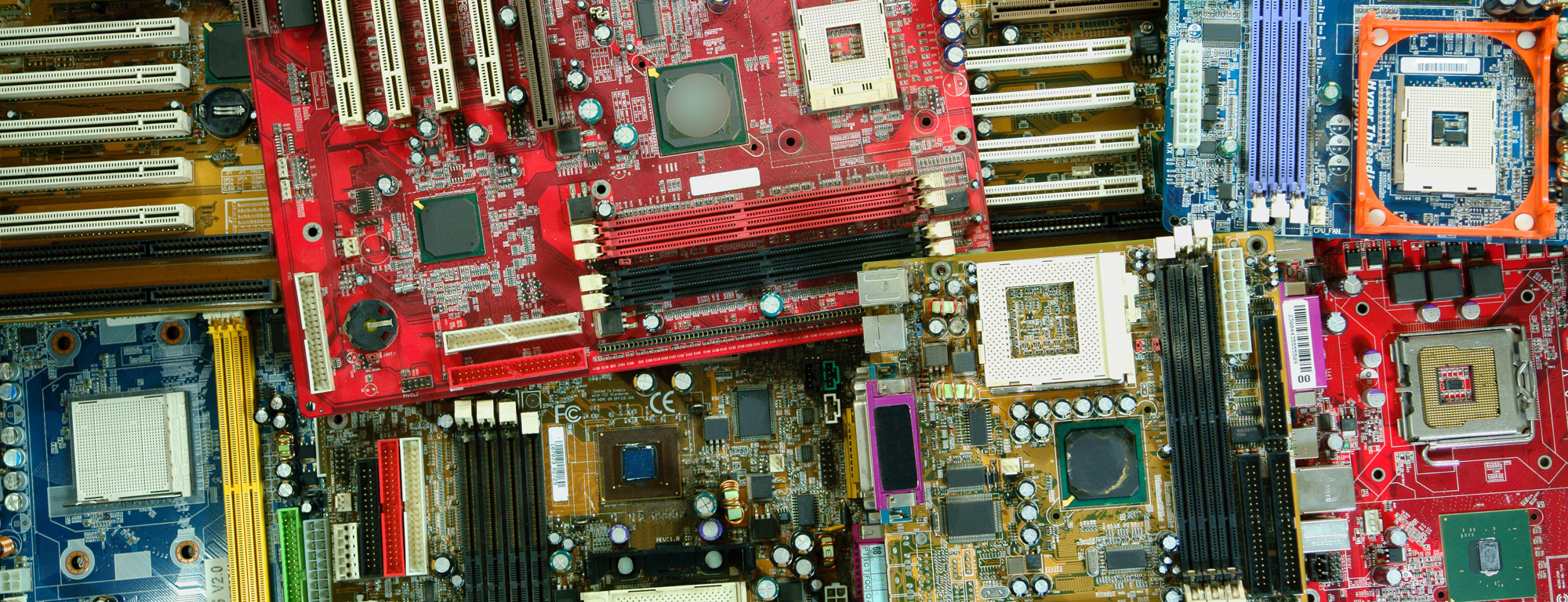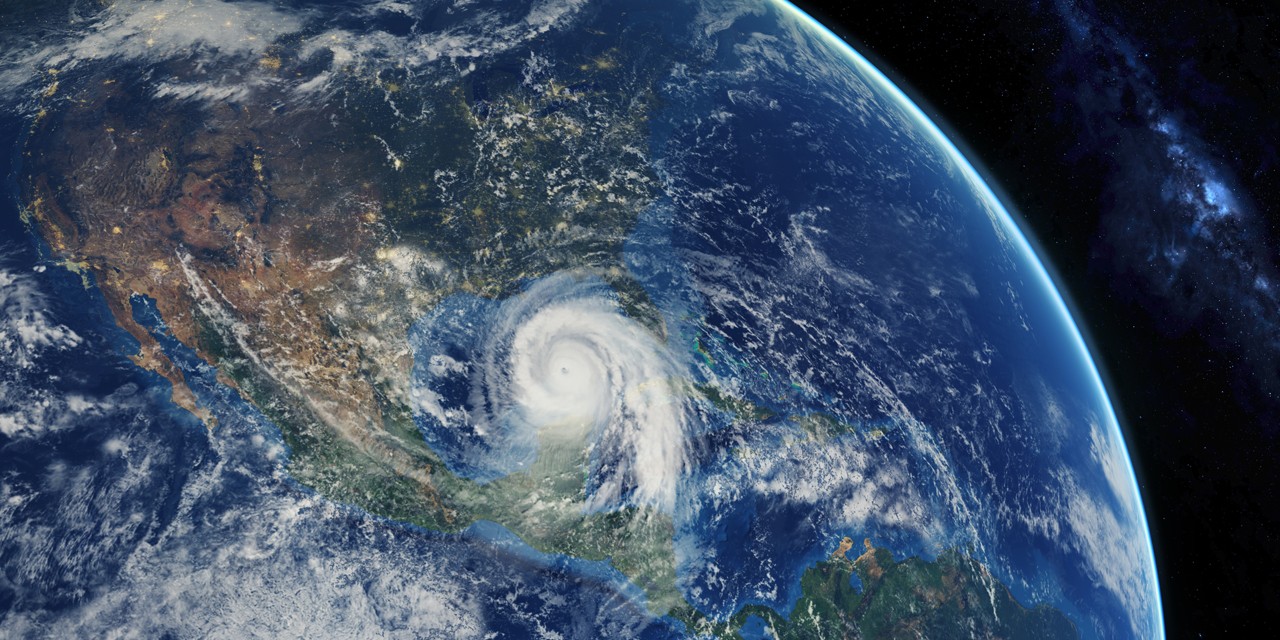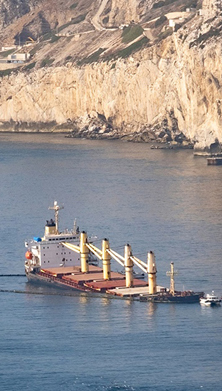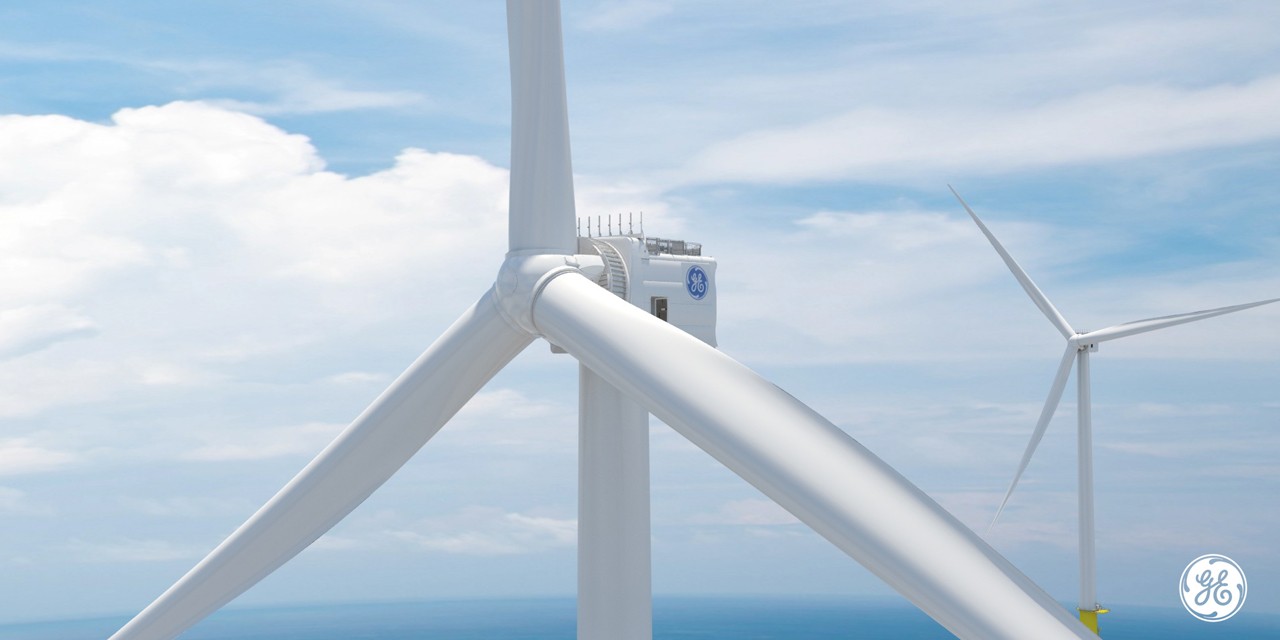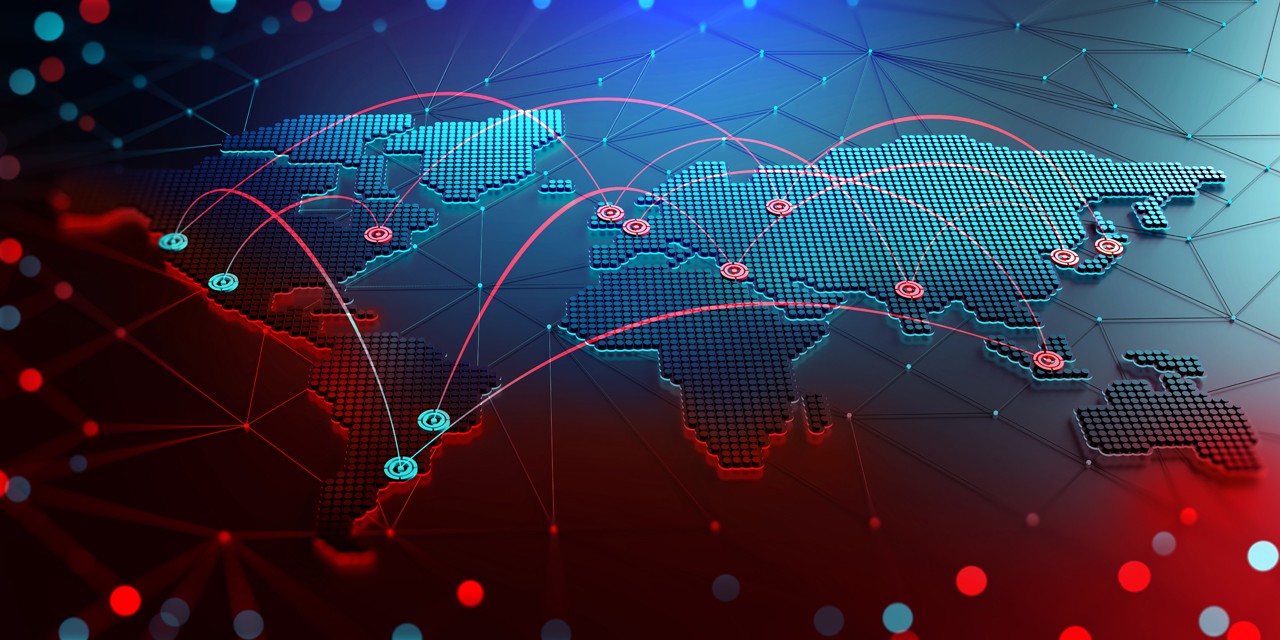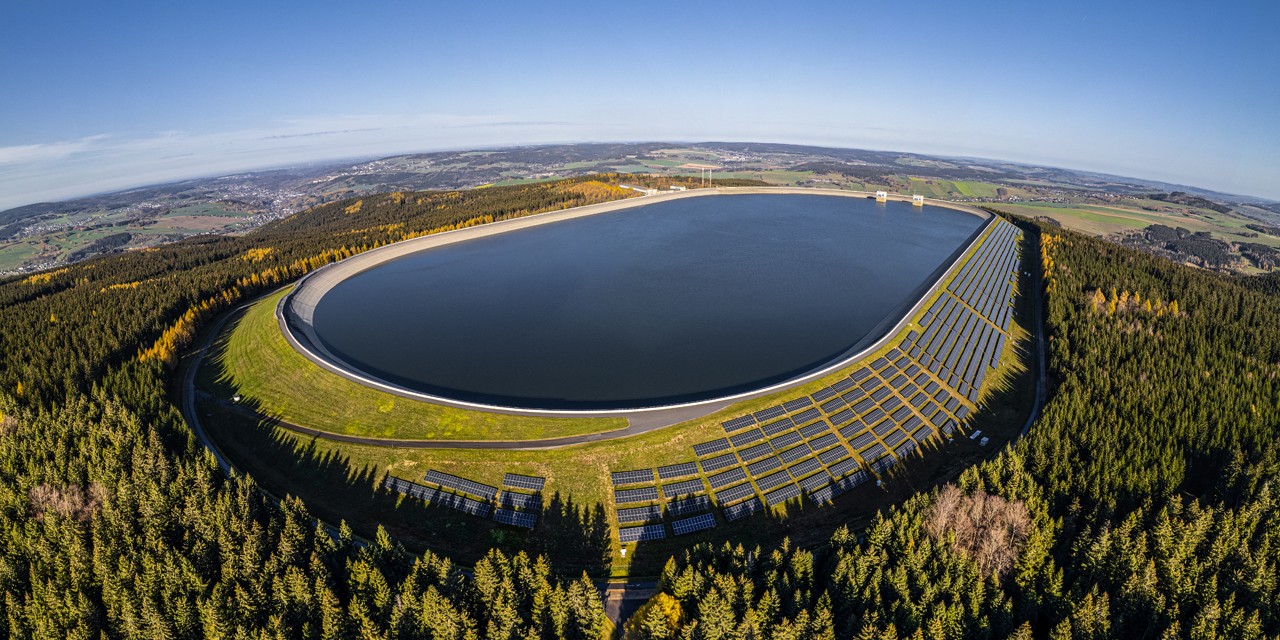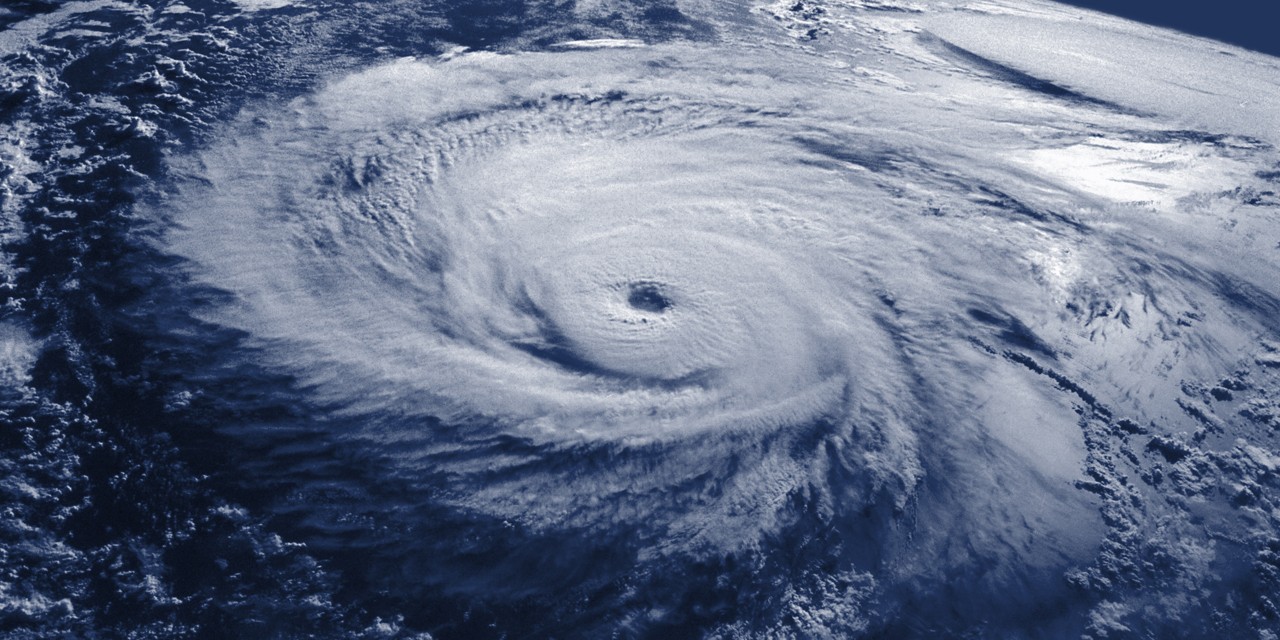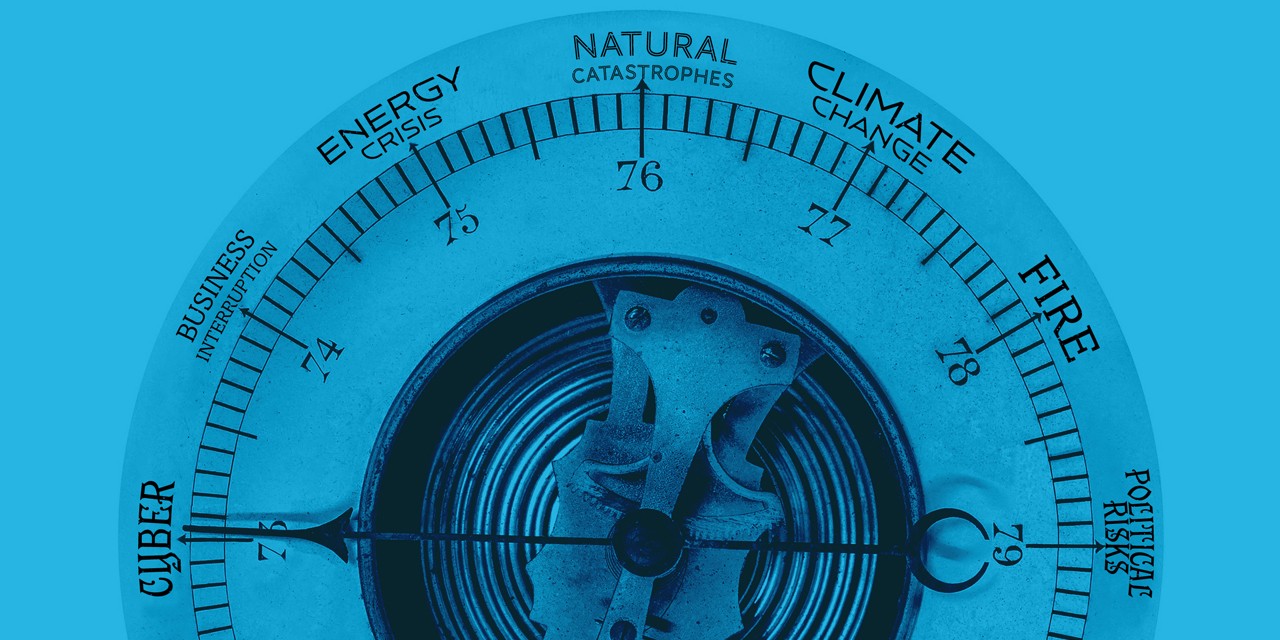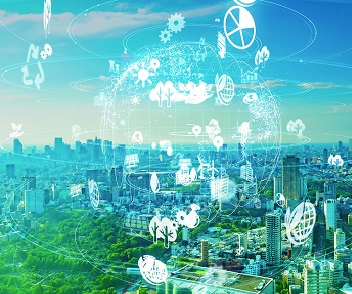1. Introduction
The past years mark a turning point in the digitalization evolution, i.e. when the digital economy emerged to replace the old, analogue economy. It seems that the pace at which IT develops is not abating, and consequently wider society and the environment will also experience major transformations.
The current debate on digitalization is dominated by the enormous opportunities that it offer, whilst discussions about the sustainability impacts of digitalization have also been picking up pace. This ESG risk briefing explores the interlinkage between digitalization and sustainable development focusing on selected case studies where digitalization benefits sustainability and brings some challenges at the same time.
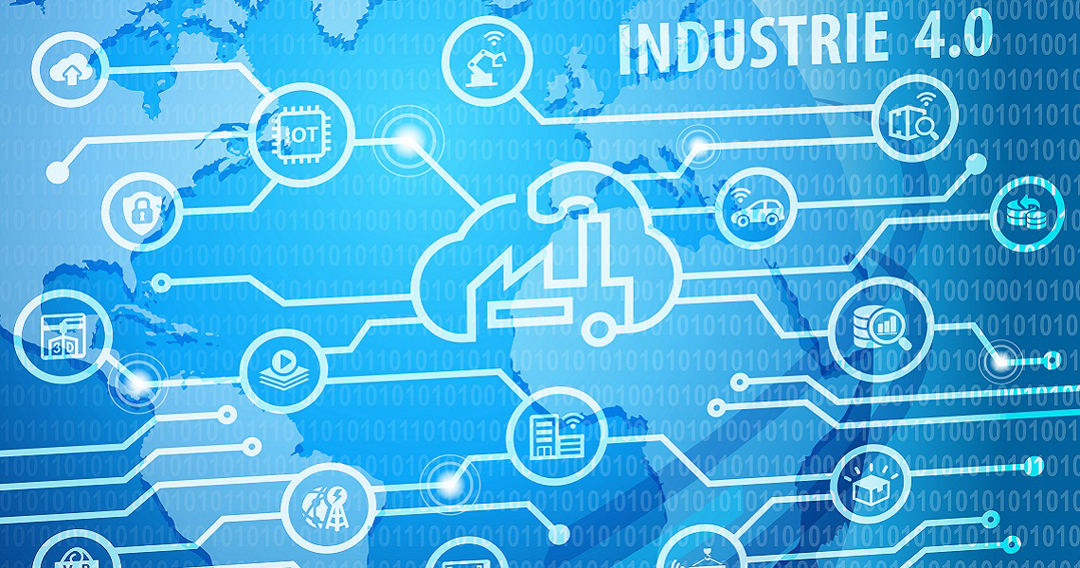
The previous years have been mostly influenced by the Internet of Things, Industry 4.0, cloud computing and the associated significant changes these technologies brought. In many industries, digitization is at the acceleration point, giving impetus to new services so that products and technologies are emerging.
When it comes to sustainable development, there is a number of potential benefits like energy-efficiency improvements and increased transparency. While the Jevons Paradox suggests that such improvements will most probably increase rather than reduce the energy consumption due to increasing demand.
2. Digitalization outlook
Statistics predict the constant growth in the number of connected devices worldwide from 15.4 Bn in 2015 to 75.4 Bn in 2025. For 2020, the installed base of the Internet of Things devices is predicted to grow to almost 31 Bn worldwide, while the number of mobile phone users in the world is expected to pass the five Bn mark by 2019.
At the same time, the Global e-Sustainability Initiative (2015) estimated the global Information and Communication Technology carbon footprint in 2030 to amount to 1.25 GT CO2e, which is 1.97% of global greenhouse gas emissions.
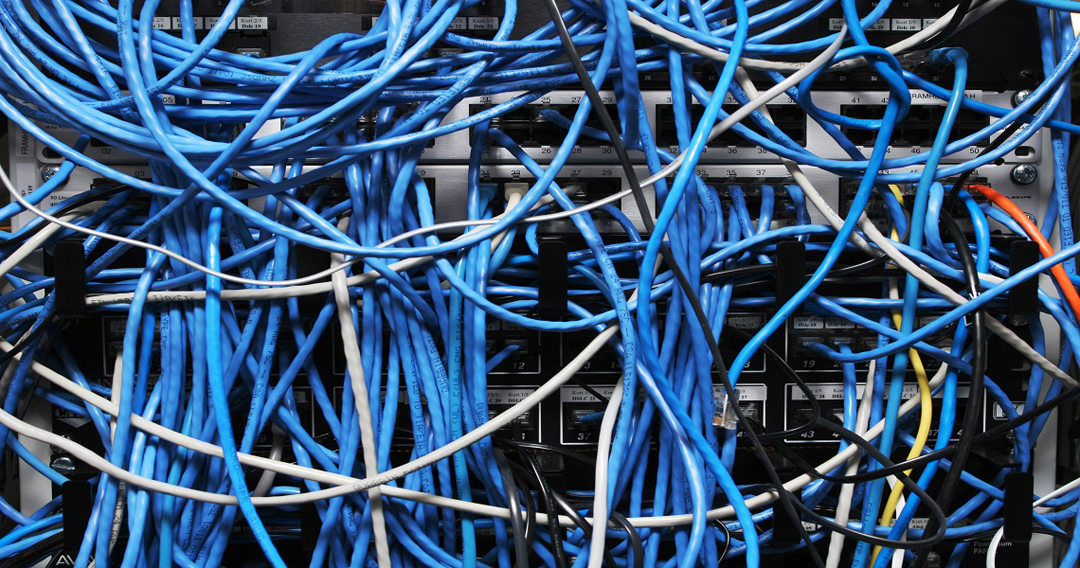
Current innovations can provide the right tools to tackle complex problems across our society and the environment However, they can also contribute to these problems. The economic and societal implications of digitalization are contested, thus raising questions about the wider impact of digital transformation. While it is clear that digital technology will transform most industries, there are a number of challenges that need to be understood.
Looking to the year 2019 and ahead, it still seems to be unclear how all the new technologies and the overall digitalization as a megatrend will play out for sustainability. What are the specific advantages and potential negative impacts associated with digitalization and sustainable development?
3. Climate wins
Digital technologies in the form of robotics or emission reduction solutions could help individuals, businesses and nations achieve their goals in a sustainable manner. One of the areas mostly benefiting from digitalization is climate change mitigation. Long-term climate data provides the basis to assess and predict climate variability, and is necessary for the development of climate services to respond to climate change.
Digital transformation will provide companies with more data than ever and thus can increase transparency of, for example, their environmental impacts. Reporting to authorities and investors will become more transparent due to the improved data management. This will also allow new technologies to provide input for better business decisions.

“Machine Learning for the Grid” is increasingly being used to match energy generation and demand in real-time, realizing more fully the potential of “smart grids”, increasing efficiency and use of renewable energy. For example, Agder Energi, a power company from Norway, is using Artificial Intelligence (AI) to prepare for changing energy needs given the growing penetration of electric vehicles and Internet of Things devices. According to the 2017 International Energy Agency research, digitalization could cut energy use by about 10% in buildings by using real-time data to improve operational efficiency. A combination of these measures including higher renewable generation deployment could create a reliable green energy system.
The Global e-Sustainability Initiative SMARTer 2030 report estimates that IT-enabled grids can potentially save 6.3 billion MWh of electricity and reduce global emissions by 1.8 gigatons carbon dioxide equivalent (CO2e) by 2030.
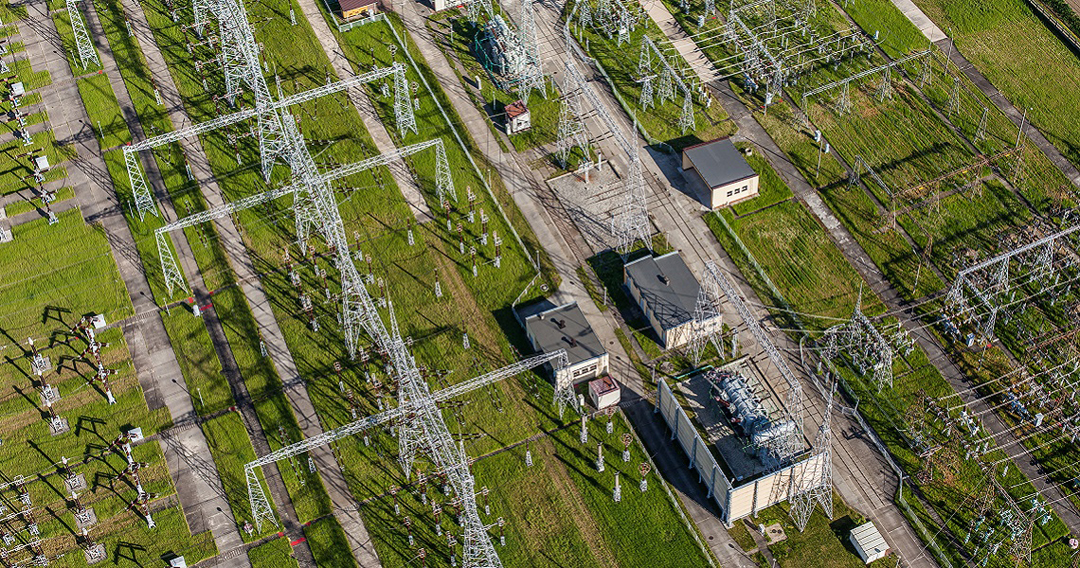
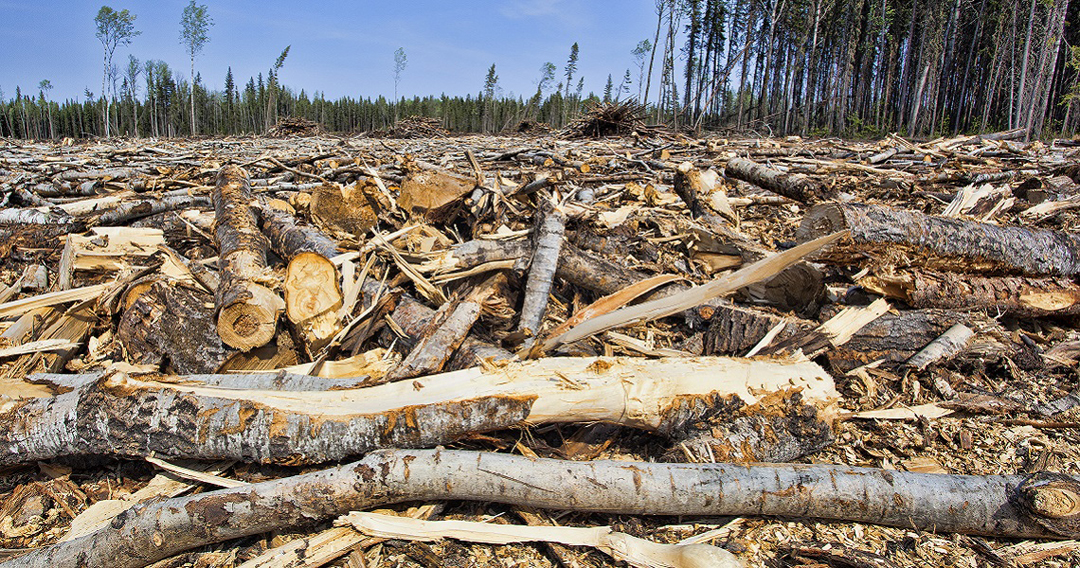

4. ESG Challenges


5. Automotive case study
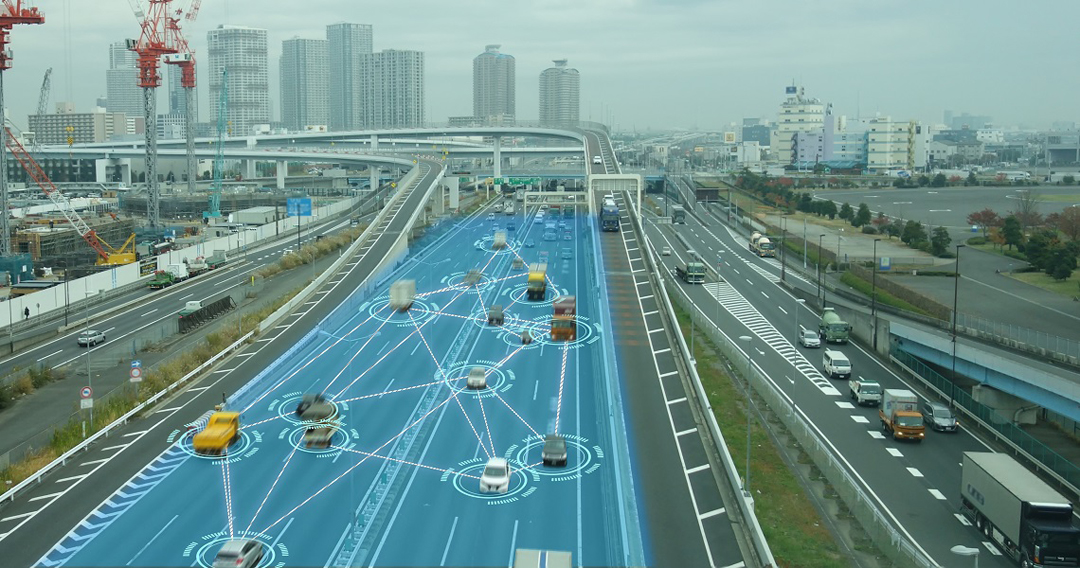

The emerging self-driving vehicle technology can leave a significant amount of population out of work. According to the 2017 Goldman Sachs Economics research, once autonomous trucks take over, American truck drivers could see job losses at a rate of 300,000 a year. This is a significant figure at the national level given that this job represented 2% of total employment in the U.S in 2014 with 3.1 million drivers.
The new technology will also impact other supporting occupations around truck transportation, e.g. parking meter attendants, people working at truck stops and motels. While it will also create new jobs, e.g. remote vehicle operators, for people with the impacted occupations. It is getting increasingly important to keep pace with the new technology. The 2017 Goldman Sachs Economics report estimates that semi- and fully autonomous car sales will have about 20% share of car sales in the U.S. by 2030 leaving a truck driver about a decade to adopt to the new technology.
The role of AGCS
The enormous potential digitalization offers for building a sustainable future also pose short and long-term risks. Insurers provide traditional risk transfer for emerging technologies and associated risks by providing insurance solutions such as business interruption or cyber. Moreover, AGCS supports its clients to identify and assess material risks and develops recommendations on how to mitigate these risks. In a fast changing world, AGCS identifies emerging issues and develops risk management strategies.
Our consulting team is available at: AgcsSustainability@allianz.com
We are dedicated to deliver the best possible solutions to the management, control and reduction of risks.
RESOURCES AND LINKS
Global e-sustainability initiative SMARTer2030 report, http://smarter2030.gesi.org
International Energy Agency, Digitalization & Energy, 2017, https://www.iea.org/publications/freepublications/publication/DigitalizationandEnergy3.pdf, November 21, 2018
James Barrat, Our Final Invention: Artificial Intelligence and the End of the Human Era, October 2013, ISBN: 9780312622374
Life Science, “Deforestation: Facts, Causes & Effects”, https://www.livescience.com/27692-deforestation.html, November 21, 2018
National Geographic, “Drones Spray Tree Seeds From the Sky to Fight Deforestation”, https://news.nationalgeographic.com/2017/11/drones-plant-trees-deforestation-environment/, November 21, 2018
PWC, Fourth Industrial Revolution for the Earth. Harnessing Artificial Intelligence for the Earth, January 2018, https://www.pwc.com/gx/en/sustainability/assets/ai-for-the-earth-jan-2018.pdf, November 21, 2018
SAP, Trend Report 2018. Emerging Technology Trends, November 21, 2018
Statista, “Internet of Things (IoT) connected devices installed base worldwide from 2015 to 2025”, https://www.statista.com/statistics/471264/iot-number-of-connected-devices-worldwide, November 21, 2018
Strategy&, Digitalization for economic growth and job creation. Regional and industry perspectives, 2013, November 21, 2018
The Economist, September 2018, Do the benefits of artificial intelligence outweigh the risks?, November 21, 2018
The Street, “Goldman Sachs Thinks Self-Driving Vehicles Will Cause the Trucking Industry to Hemorrhage Jobs”, https://www.thestreet.com/story/14145541/1/goldman-autonomous-vehciles-to-displace-25-000-jobs-a-month.html, November 21, 2018
University of Zurich, Opportunities and Risks of Digitalization for Climate Protection in Switzerland, October 2017, November 21, 2018
Allianz Group companies
AGCS offices
Newsletter
Keep up to date on all news and insights from AGCS
